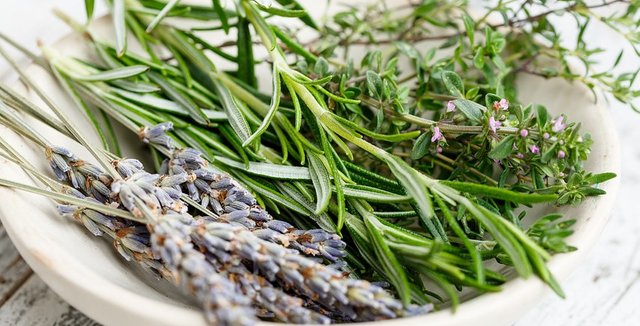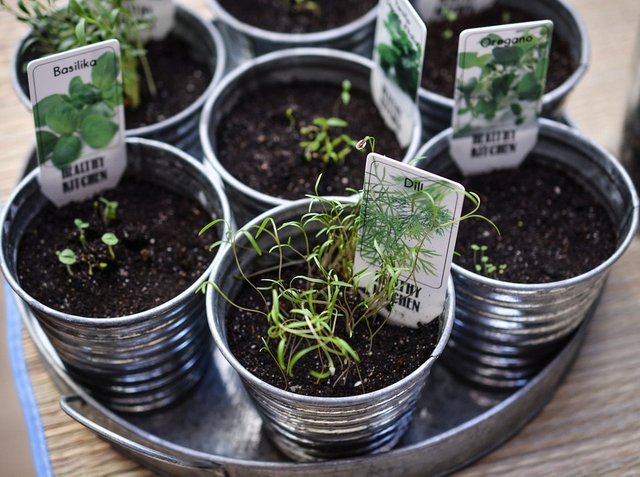Aromatic Plants
Aromatic plants: how to grow them and take care of them on your balcony

Aromatic plants are an indispensable resource in the kitchen and growing them on your balcony or at home is easier than you might think. Since plants are resistant and do not require special care and attention, their cultivation is suitable for beginners and gardeners alike.
Aromatic potted plants: which are the most renowned varieties
Variety of aromatic plants

First of all, it should be borne in mind that commercially available plants are not all organic and pesticide-free, so they must always be bought in places of trust or that guarantee their biological origin: it would be ridiculous to devote care, attention and time to non-organic or minimally contaminated plants. Some aromatic plants can be reproduced by cutting, as in the case of celery, basil, mint, rosemary. Also in this case it is fundamental to take the cuttings from organic aromatic plants, otherwise the new seedling would grow keeping, even if in small quantities, pesticides and other toxic substances. The aromatic plants differ in annual, biennial and perennial. Therefore, when creating your own personal garden on the balcony, it is essential to use a pot or container for each variety, and to replace the annual or biennial ones with different species, thus ensuring a higher yield of the soil and a lower risk of disease.
Exposure of aromatic plants
Aromatic plants have the characteristic of being very resistant to adverse conditions. They also have great adaptability even in confined spaces.
The most suitable exposure is sunny, in a dry and warm environment, avoiding places exposed to wind, cold and shade.
If the climate is not too cold, they will be able to resist in the balcony even in winter. If, on the other hand, temperatures drop considerably during the winter months, it is advisable to keep them covered, close to a wall, if possible, to avoid sudden changes in temperature.
The ideal soil for aromatic plants
Aromatic plants need a ventilated soil to ensure good drainage: too compact a soil would cause the roots to rot, too much draining soil would prevent the necessary nutrients and water from being absorbed, weakening it and preventing its natural development.
In addition, the soil must have the necessary amount of nutrients. Abundant nutrients can damage plants, speeding up growth and reducing the intensity of aromas.
Read the expert's answers on CARE AROMATIC PLANTS:
- I love growing aromatic herbs and especially cinnamon: what recipes can I prepare with this aromatic wine?
- How to get fresh aromatic herbs at home and where to buy them.
- How to keep basil in the winter months?
- Can I grow Arctic basil in an area with possible frosts?.
Fertilizing aromatic plants
If the soil already contains the necessary nutrients, the plants will grow strong and lush without the need for further nourishment.

The ash, never in quantities greater than 1/4 of the total soil used, is an excellent natural fertilizer and is added directly to the soil before transplanting or planting the seedlings. Fertilizers that are too rich in nitrogen must be avoided because this element could weaken plants and make them too fragile.
Generally, perennial plants should not be fertilized more than three times a year. If after a dinner with friends a bottle of red wine remains, rather than throw it, you can use it diluted in plenty of water to water the seedlings.
Proper irrigation of aromatic plants
It is essential that aromatic plants do not receive too much water. As soon as they are transplanted in the ground or in the pot they must be irrigated without wetting the leaves, putting the water directly in the ground, and subsequently require little water and possibly in the morning or in the evening, but never in the hottest hours of the day.
Diseases of aromatic plants
Fortunately, most aromatic plants contain active ingredients that are repellents for insects and parasites. However, some plants such as basil, sage, oregano and rosemary may be susceptible to fungi attacks. In these cases, any antiparasitic treatment is not recommended: the only solution is to remove the most damaged parts.
Read the answers of the expert on DISEASES AND PROBLEMS ERBE AROMATICHE:
- My basil emits strange inflorescences or tendrils: what are they?
- How can I remove the ants from a large planter where I planted the aromatic plants?
- My seedlings of basil and mint have brown leaves, what should I do?
- My kitchen herbs are invaded by aphids: what remedies do I use